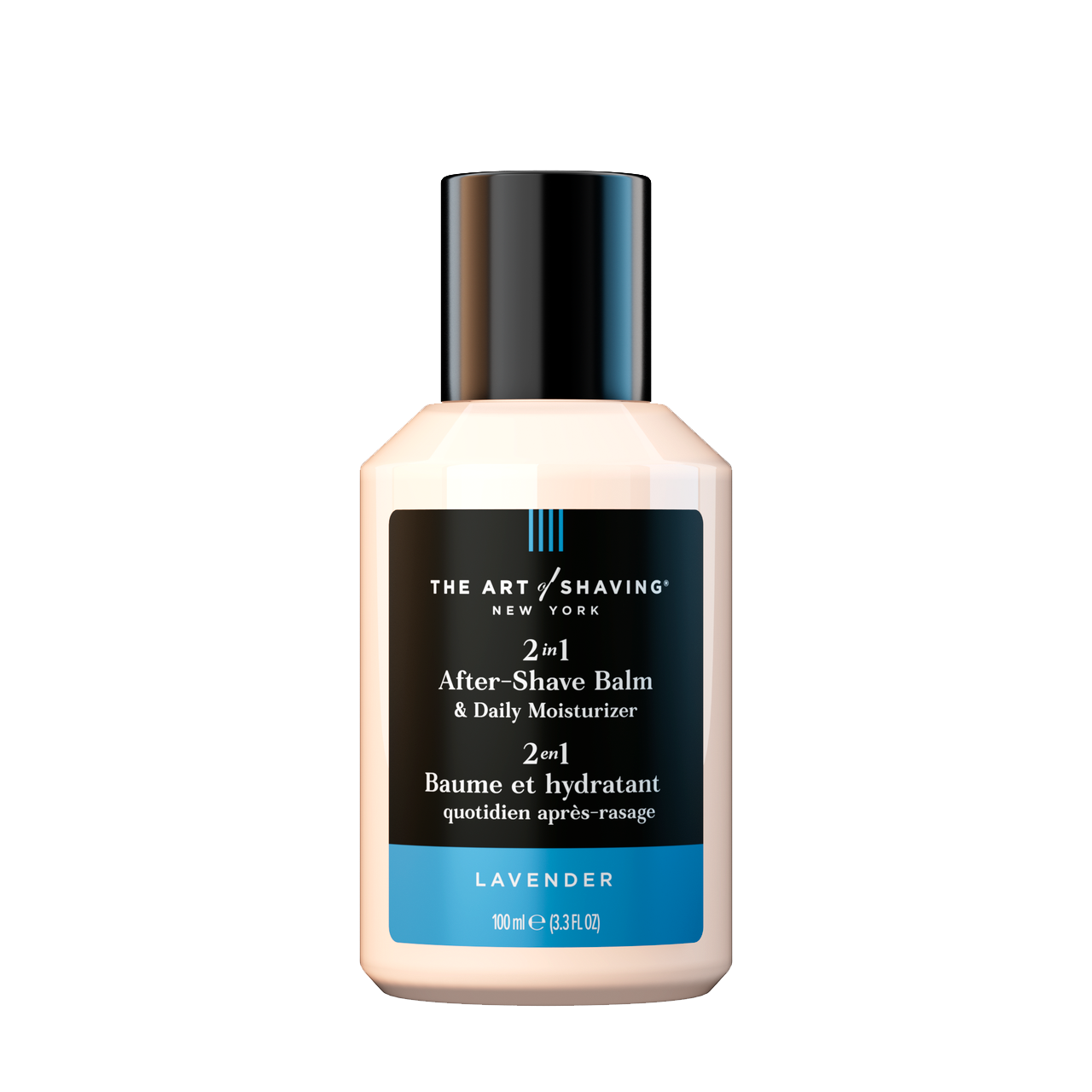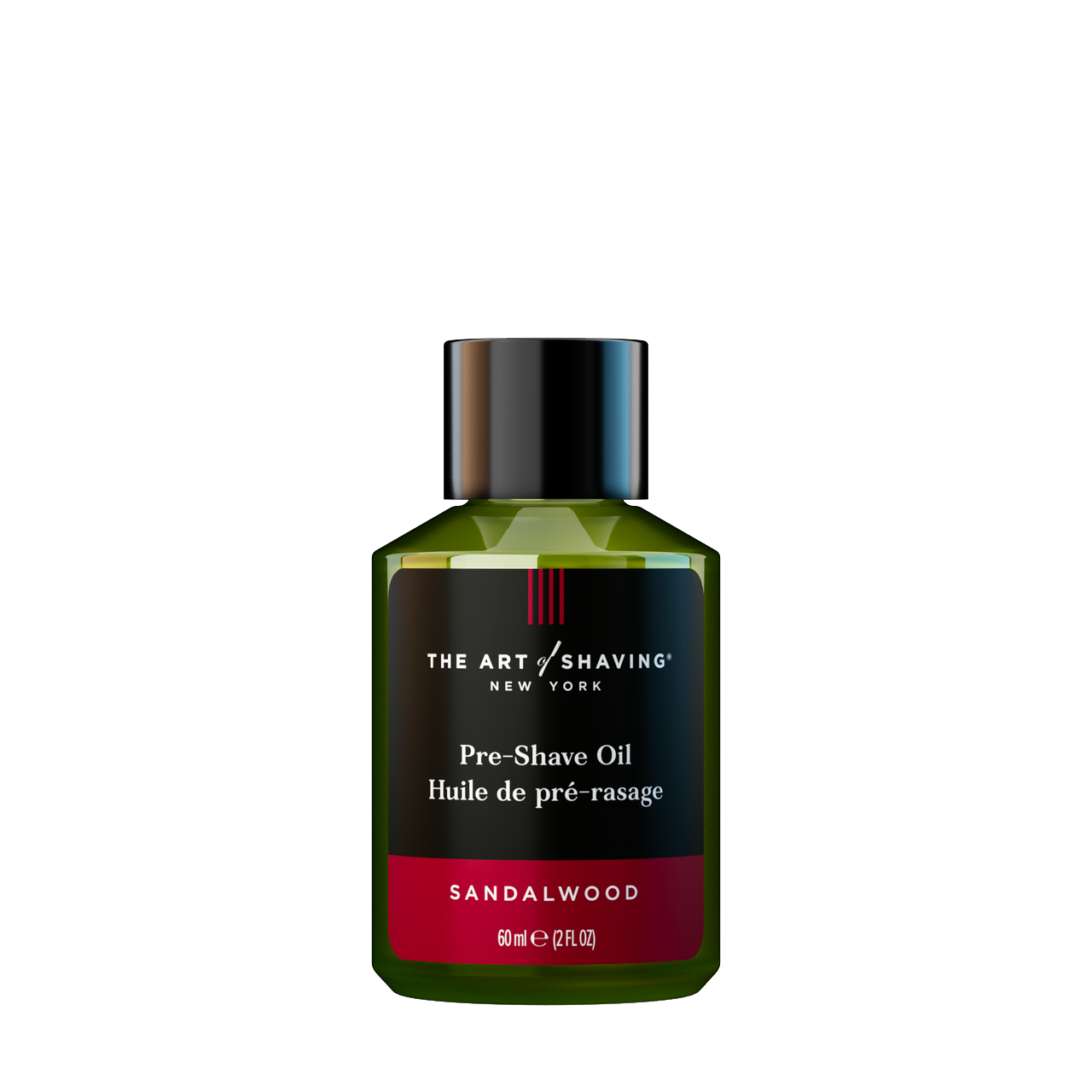How to Use a Straight Razor: A Comprehensive Guide

THE ART OF SHAVING PRESENTS:
HOW TO USE A STRAIGHT RAZOR
Master the art of straight razor shaving with our step-by-step guide. From prepping your skin to mastering the perfect grip, discover the techniques and tools essential for a close, smooth shave.
WATCH NOW
Learning how to use a Straight Razor may seem intimidating, but with the right guidance, you'll get the hang of it quickly.
STEP 1:
GATHER YOUR TOOLS
• A sharp straight razor
• Quality shaving cream or soap
• A shaving brush
• Hot water and a bowl or sink
• A strop for maintaining your razor's edge
• Aftershave or moisturizer
STEP 2:
PREP YOUR CANVAS
Soften and Lubricate: Warm water or a steamy shower expands the hair shaft, making it softer and easier to cut. Next, consider a pre-shave oil which provided a protective, slick coating for your blade to glide across. We recommend The Art of Shaving Pre-Shave Oils, they’re the ideal companions for a single blade shave.
Quality Shaving Cream or Soap: A good lathering product is more than a luxury; it's a necessity. Our shaving creams and soaps ensure the blade glides seamlessly, provides an additional protective layer for your skin, and minimizes friction that could result in cuts and irritation. Additionally, while the lather is rich, it’s not so thick you can’t see the blade at work.

STEP 3:
MAINTAINING THE RAZOR
Keep your razor sharp with a leather strop before each shave. A dull razor will irritate your skin more than a sharp one!
Occasionally, however, you'll need to use a honing stone to sharpen the blade – this could be anywhere from every few months to once a year, depending on use.
STEP 4:
HOLDING THE RAZOR
Your thumb should be placed on the bottom side of the blade, close to the center. This allows for precise control when maneuvering the razor across the face. The thumb essentially acts as the main control point.
Once you got your grip, remember these three points:
Let the Blade's Weight Do the Work: Straight razors are designed to cut facial hair effectively with their own weight, unlike cartridge razors that need pressure. Allow the razor's weight to guide the shave.
Avoid Digging or Pushing: Maintain an angle of about 30 degrees between the razor and your face to achieve optimal blade contact with the skin. This reduces the risk of cuts and ensures a close shave. Remember, finesse and technique matter more than force.
Feel/Hear the Feedback: While shaving, pay attention to tactile feedback and the sound the blade makes. This will help you gauge the required pressure and adjust the angle as necessary. For instance, a scraping noise may indicate that the angle is too steep.

STEP 5:
CLEAN UP
After you’re done shaving, wipe your face clean and apply The Art of Shaving After-Shave Balm & Daily Moisturizer to avoid irritated, dry skin and razor bumps.
Finally, Wash your razor clean and ensure it’s completely dry before storing it – preferably in a dry, moisture free location, or case.
Should you Try a Straight Razor?
While straight razors might not be for everyone, they do offer a unique shaving experience that many enthusiasts swear by. It combines art, skill, and ritual in a way that modern shaving methods don't. But as with many traditional methods, it comes with its own set of challenges that might deter the average user.
For more about the pros and cons of a straight razor, read The Art of Using a Straight Razor.










